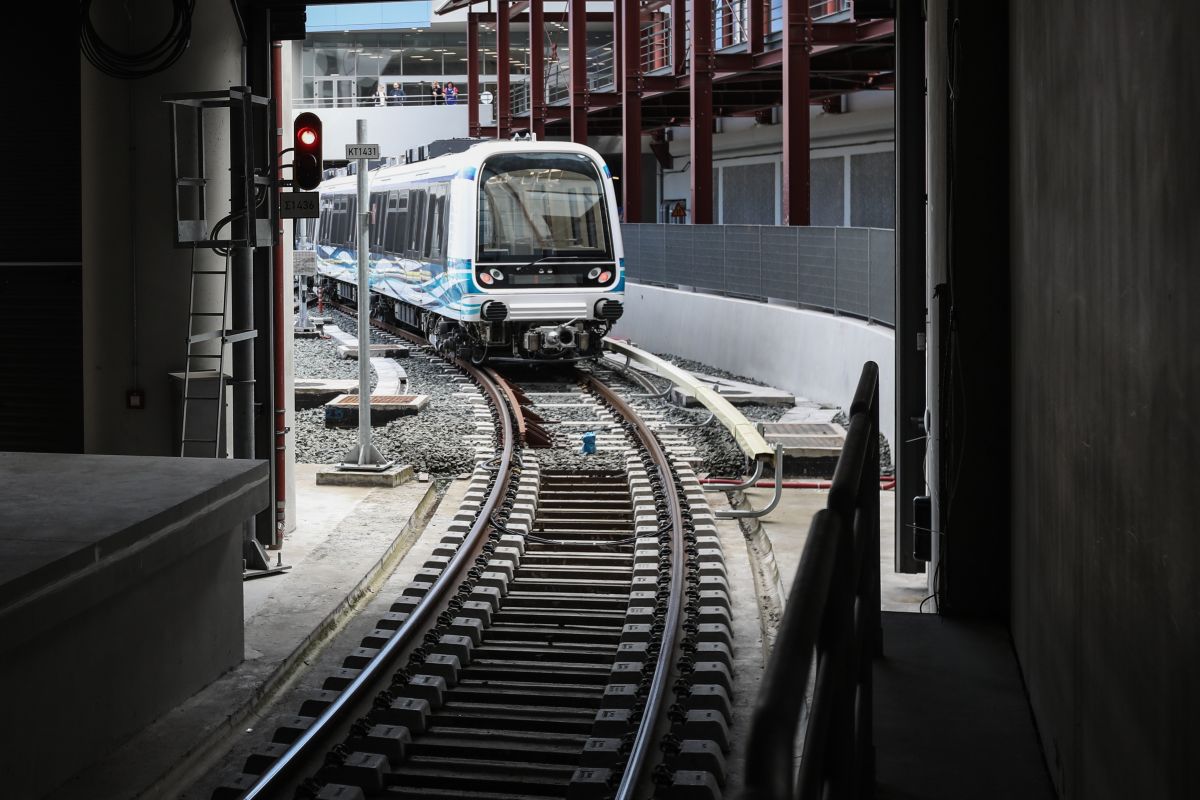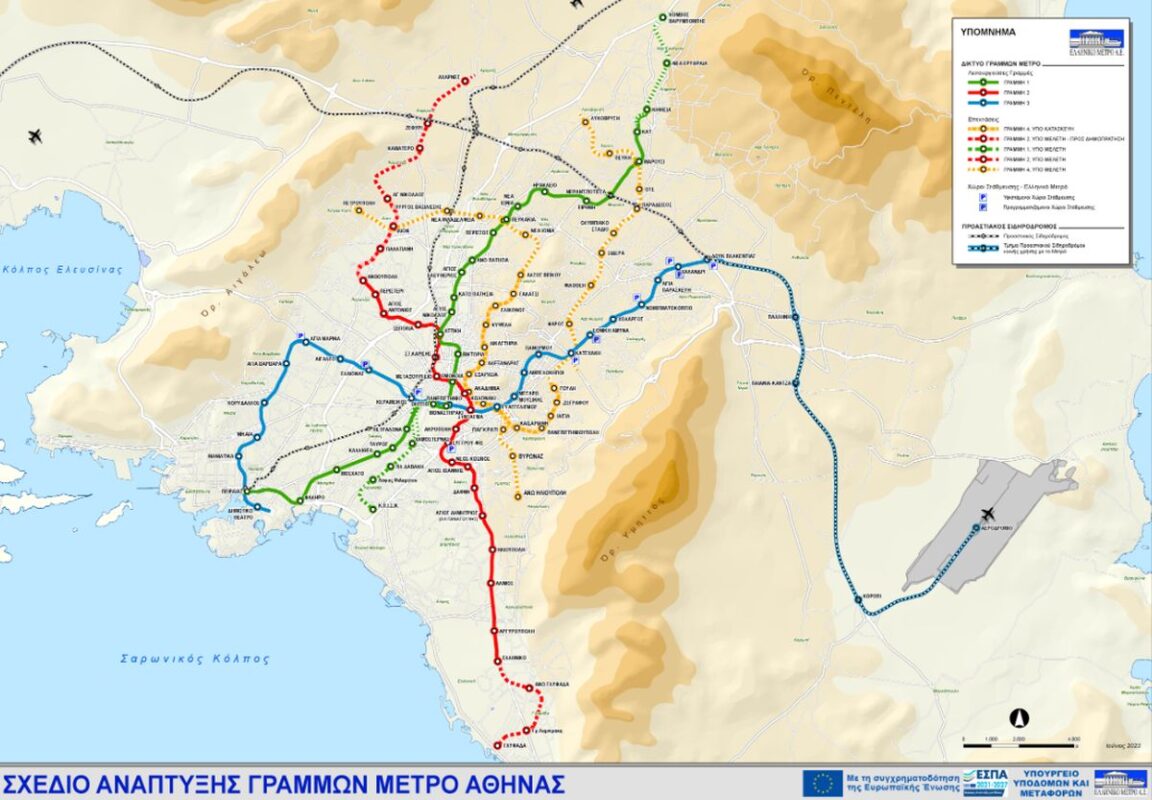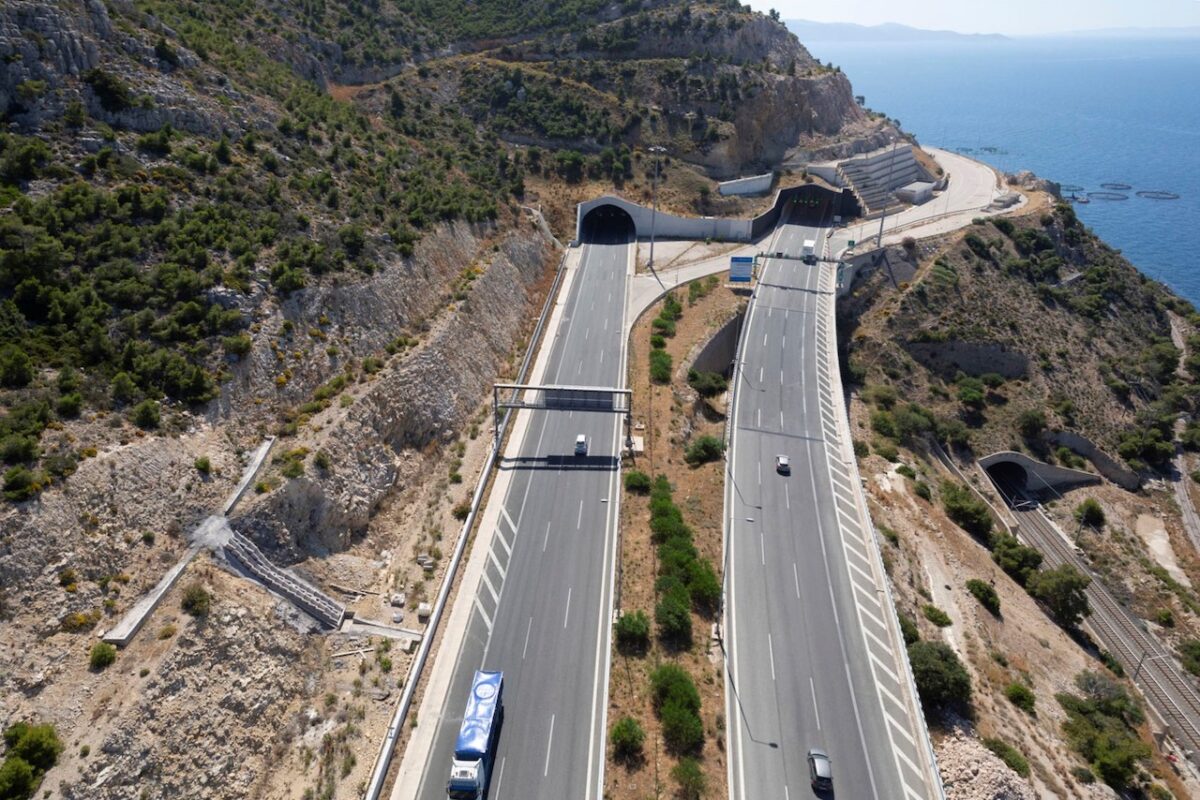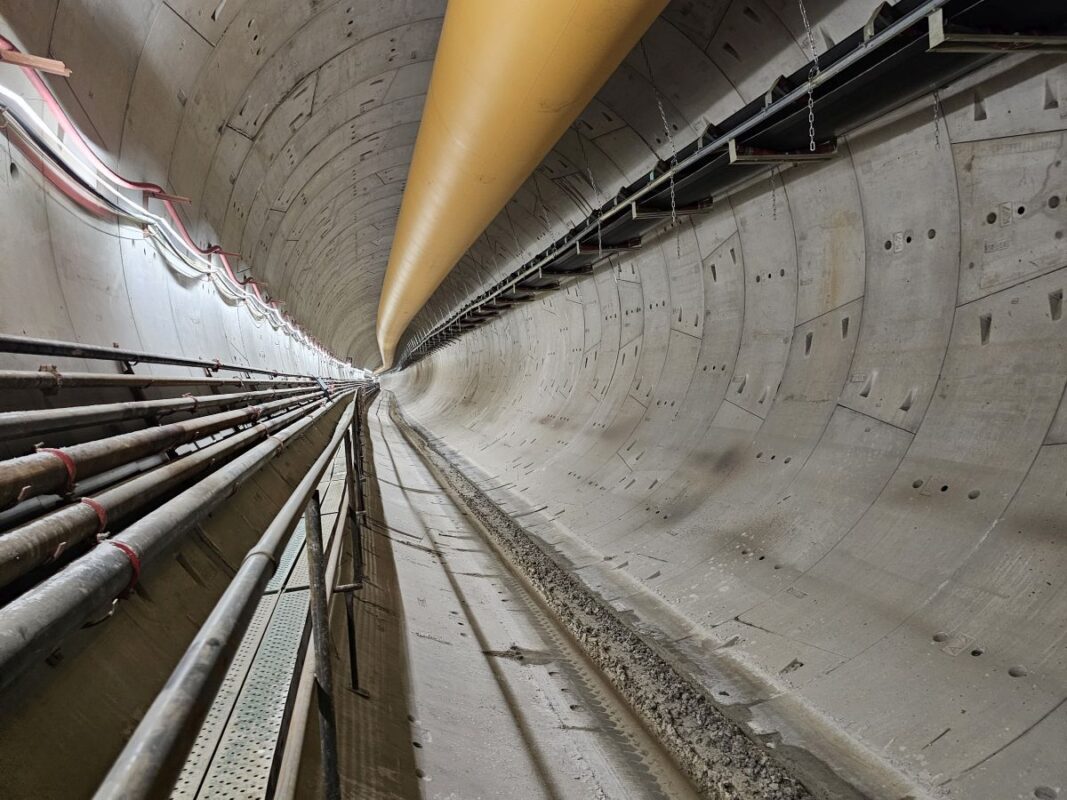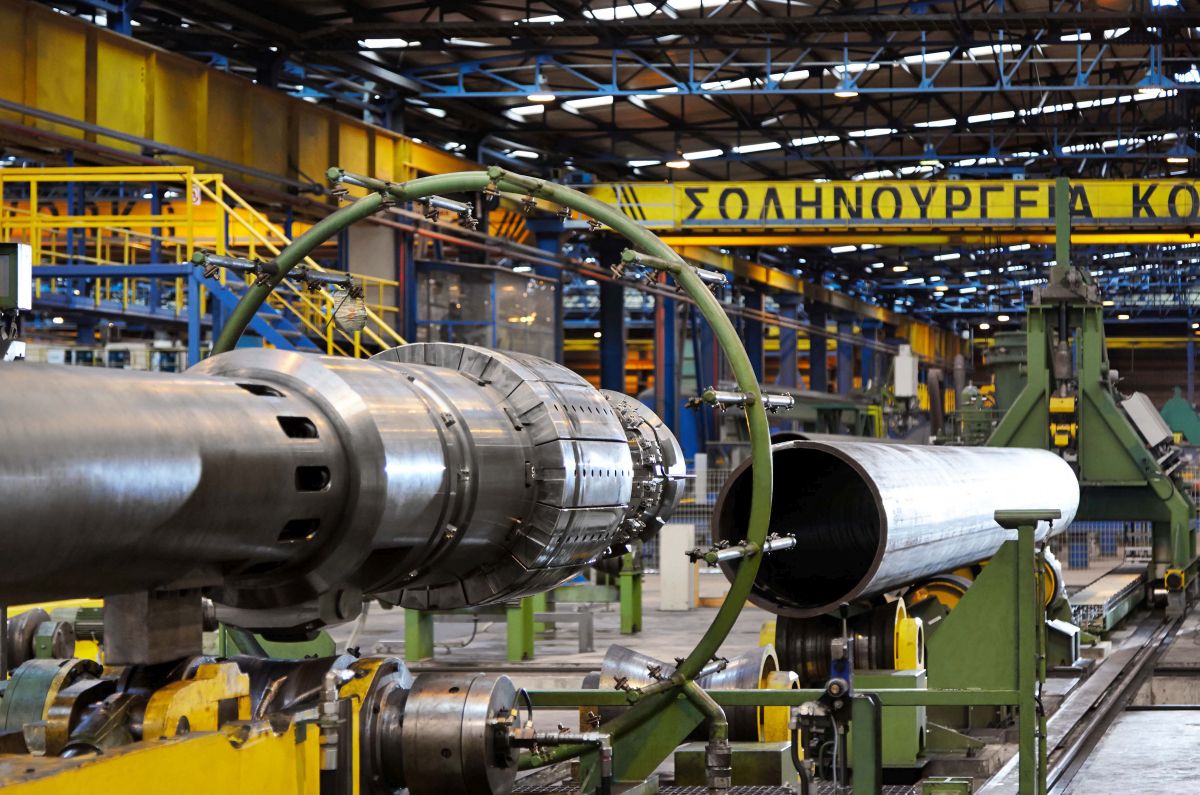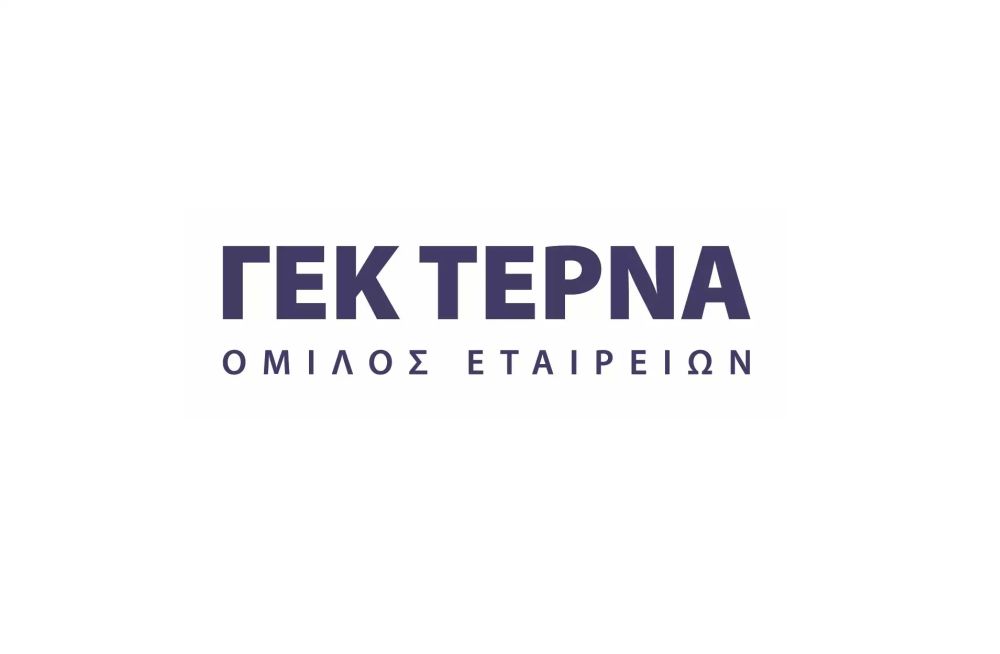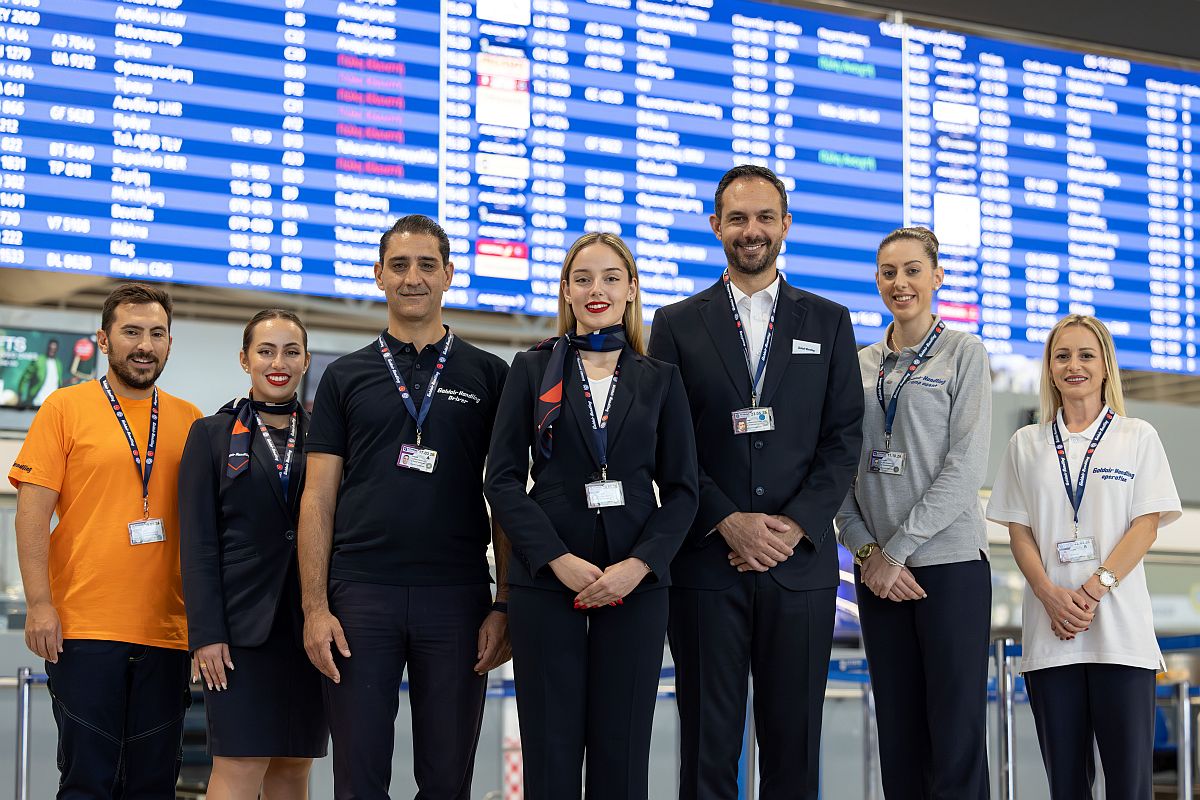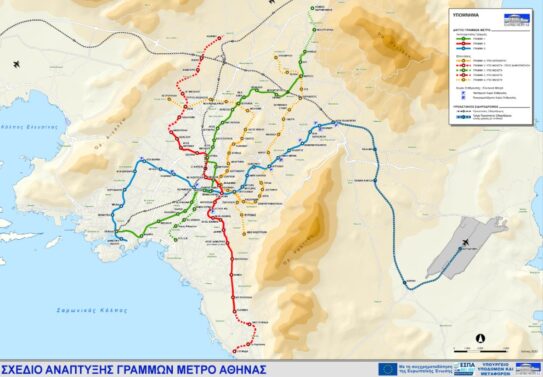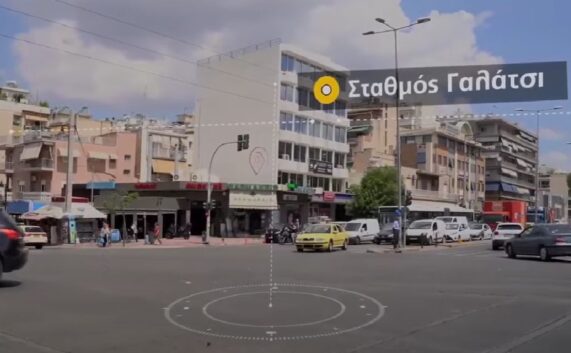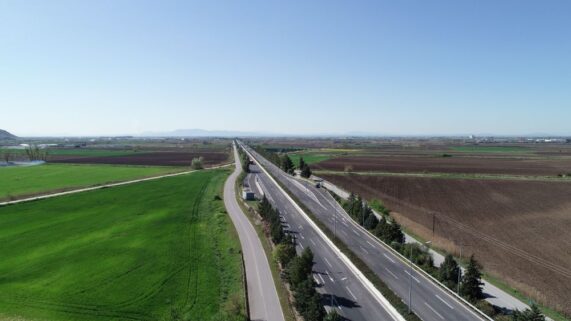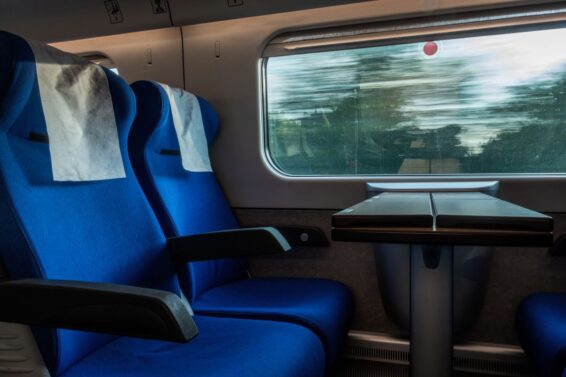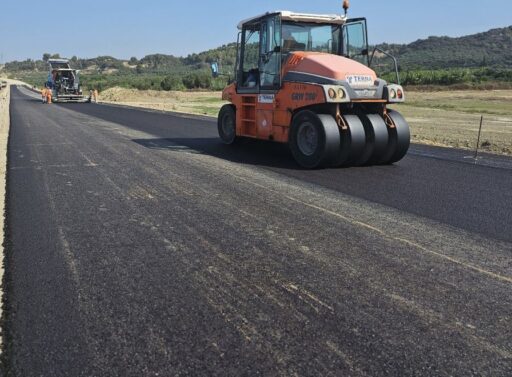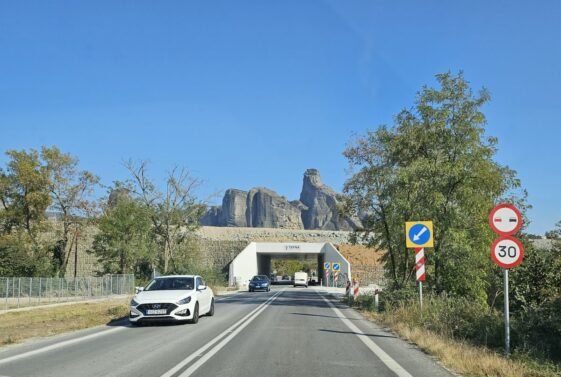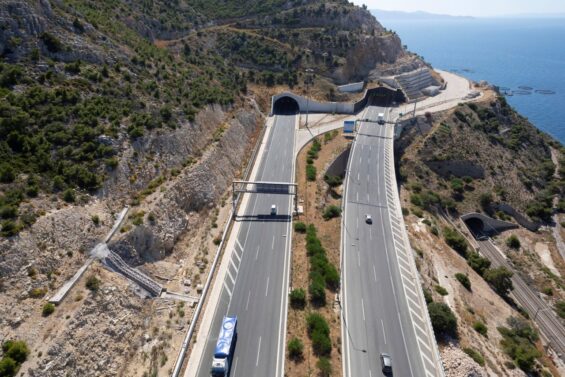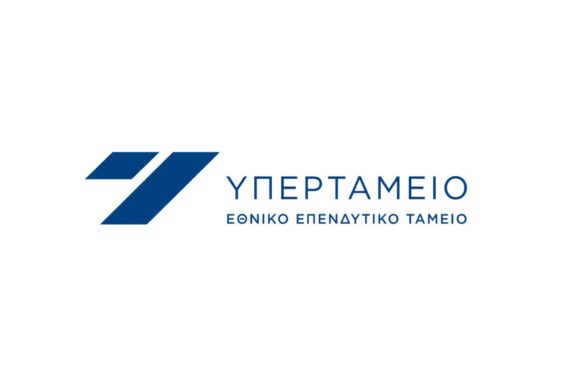The announcement of the new extensions of the Thessaloniki Metro is now a matter of time for Thessaloniki. The Thessaloniki Metro Development Study is nearly completed by the Elliniko Metro, and all that remains is to finalize the date for its presentation to the city. The presentation was recently announced by Deputy Minister of Infrastructure Nikos Tachiaos.
With the operation of the main line of the Thessaloniki Metro scheduled for this coming November, along with the extension towards Kalamaria, which will create the first small network in the city, a chapter of years closes, marked by numerous delays, and now the search for the next day is underway.
The same model is, of course, followed by the Thessaloniki Metro. By 2025, it will have 2 lines and 18 stations, but this is not enough. According to the results of the Thessaloniki Metro Development Study, the city’s next day includes significant new extensions that will cover a substantial part of the city’s urban complex.
The Thessaloniki Metro Development Study, the first of its kind conducted in the city, began in 2021 and gathered over 120,000 questionnaires, providing valuable information about the movements of Thessalonians and visitors to the city. The collected material was analyzed by the Greek Metro, resulting in useful conclusions regarding where the Thessaloniki Metro network should be expanded in the coming years.
The first and greatest need of the city remains the extension towards the northwestern areas of the urban complex, where it will cover densely populated areas that additionally have difficult access to the city centre and other areas of the city.
This expansion is expected to be announced in the Thessaloniki Metro Development Study as the first one to be activated after the gradual delivery of the two Metro projects by 2025. What is being considered is the Metro starting from the DEMOKRATIAS station to proceed towards Stavroupoli, Evosmos, and end at the city’s hospitals near the Ring Road.
The new Metro line
The most interesting aspect of the Thessaloniki Metro Development Study is the presence of a new main line. The Thessaloniki Metro has a different philosophy of operation and development from the Athens Metro. Today, we have a main line from the New Railway Station to Nea Elvetia. A new branch running along the main line heads towards Kalamaria.
The extension towards the northwest will also constitute a new branch connected to the main line. Essentially, within the main line, multiple lines can operate, sharing a common core of stations and then branching out to various areas.
We encounter this model very often in metro networks of countries such as Germany, Sweden, Austria, and others. With this method, you don’t ‘pierce’ repeatedly through your centre while branching out to more areas as the city expands outward.
So, in the case of Thessaloniki, the Thessaloniki Metro Development Study includes a new ‘main’ line which will once again run from the western areas of the urban complex to the eastern ones.
More specifically, as everything indicates and according to the same information, the new line is being considered to start from Kordelio, pass through Evosmos, Menemeni, Ampelokipoi, meet the main line at the New Railway Station, continue centrally, and then head northeast towards Charilaou and Toumba.
The western areas are constantly developing regions, and their connection to the Metro network is considered particularly important for improving urban mobility, reducing air pollution emissions, enhancing travel times, etc.
The new Metro line in Thessaloniki will also be able to operate much more decisively in the rapid movement of passengers in many different directions, as is currently the case with the Athens Metro, while being able to serve significant public facilities in the city, such as universities, hospitals, city halls, courts, major commercial areas, etc.
Another element that makes it extremely interesting is that in the future, it will also be able to have additional branches covering other areas of the greater Thessaloniki metropolitan area.
Finally, the third expansion that is also expected to be announced is the extension of Line 1B (New Railway Station-25th Martiou-Mikra) to Macedonia Airport.
For this extension, which has been debated whether it should be above-ground, at ground level, or underground, we await the final decisions of the Greek Metro and the Ministry of Infrastructure and Transport.
How will the future network operate?
With the operation of the aforementioned expansions (perhaps even some others), Thessaloniki, once a city nightmare in traffic, is expected to become much more accessible, more friendly to public transportation, and with many more options available.
For example, with the operation of the extensions and the second line, a passenger will be able to board at Kalamaria and reach the city centre in 10 minutes, take the Metro from Stavroupoli, transfer at the 25th Martiou station, and arrive at the airport in less than 30 minutes, or start from the Voulgari station, transfer at the Democracy station, and reach Papageorgiou Hospital in about 25 minutes
In essence, in the future and more comprehensive network of the city, there will be the main Line 1a from New Railway Station to Nea Elvetia, the extension towards Kalamaria (25th Martiou-Mikra) which will be Line 1b, the northwestern extension from Democracy to Papageorgiou Hospital which will be Line 1c, the extension towards the Airport (continuation of Line 1b), and the new Line 2, which is under final consideration.
For more details and the complete article in Greek, click here
ΜΗΝ ΞΕΧΑΣΕΤΕ
- Ακολουθήστε το ypodomes.com στο Google News και μάθετε πρώτοι όλες τις ειδήσεις για τις υποδομές στην Ελλάδα
- Αν είστε επαγγελματίας του κλάδου, ακολουθήστε μας στο LinkedIn
- Εγγραφείτε στο Ypodomes Web TV

